It looks like you're using an Ad Blocker.
Please white-list or disable AboveTopSecret.com in your ad-blocking tool.
Thank you.
Some features of ATS will be disabled while you continue to use an ad-blocker.
share:
Very intresting find once again in Peru. At least one of the Mummies had elongated skull. I hope they are able to do gene studies from these bones and
maybe track where did they came from.
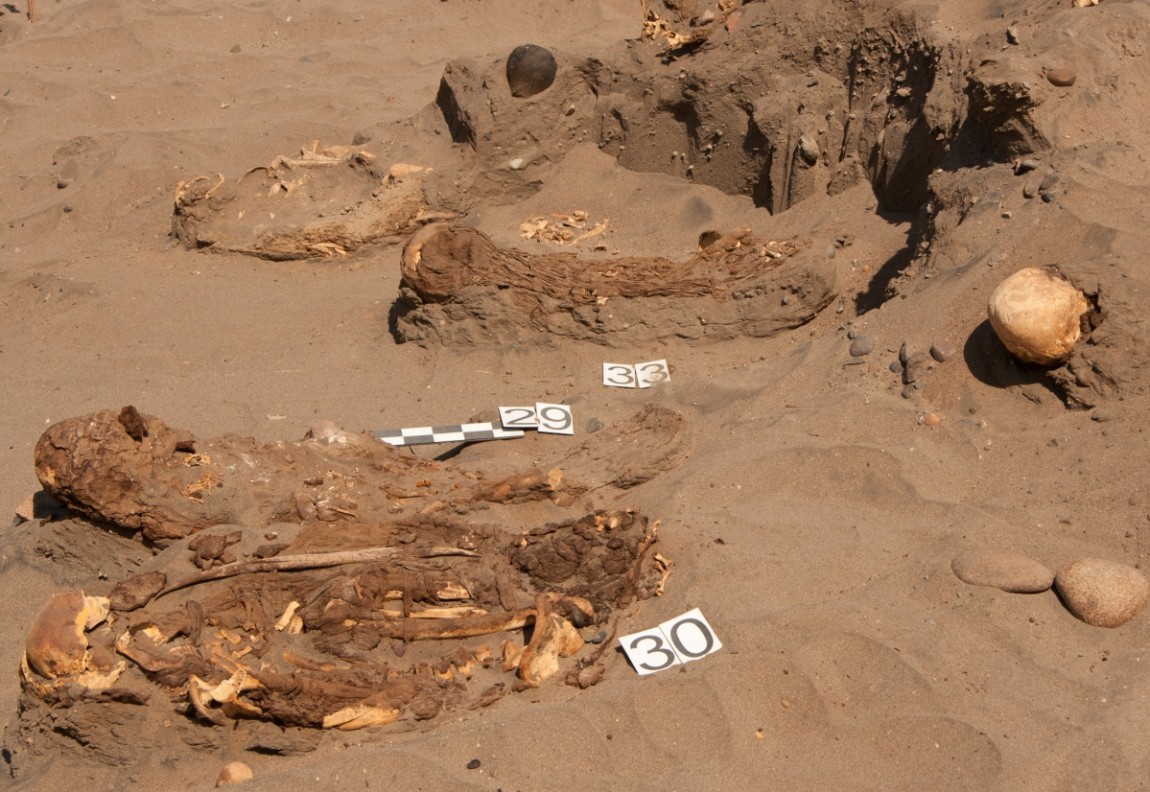
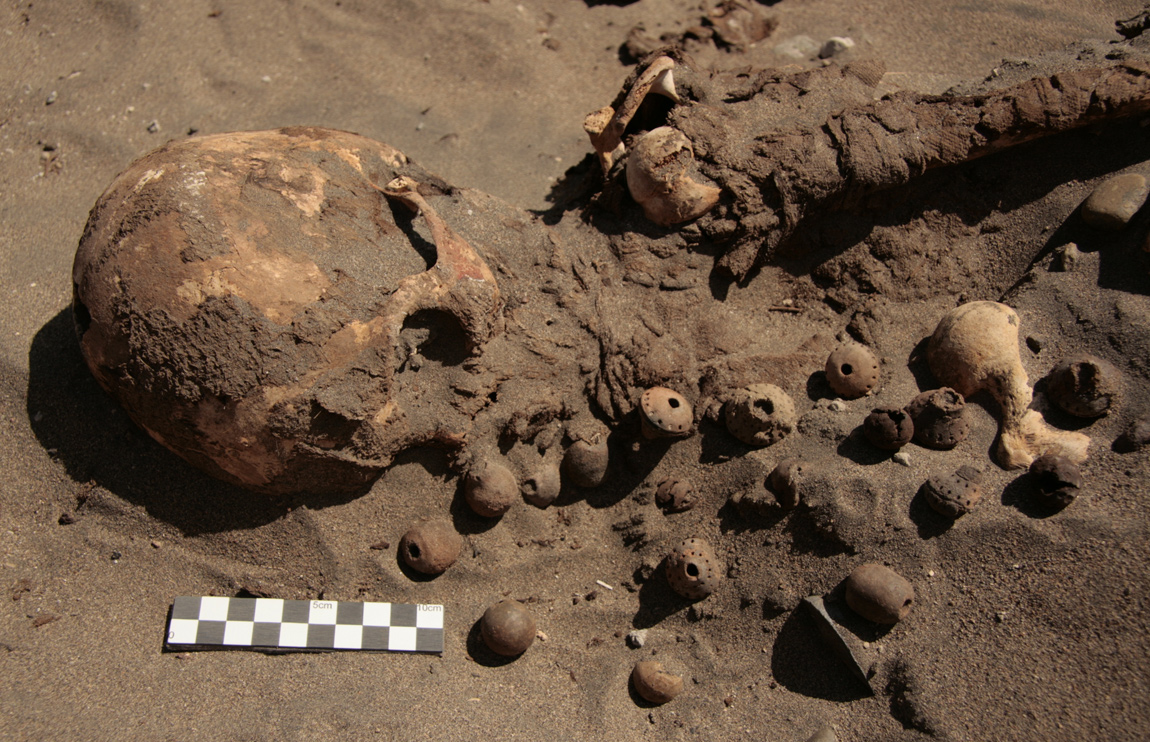
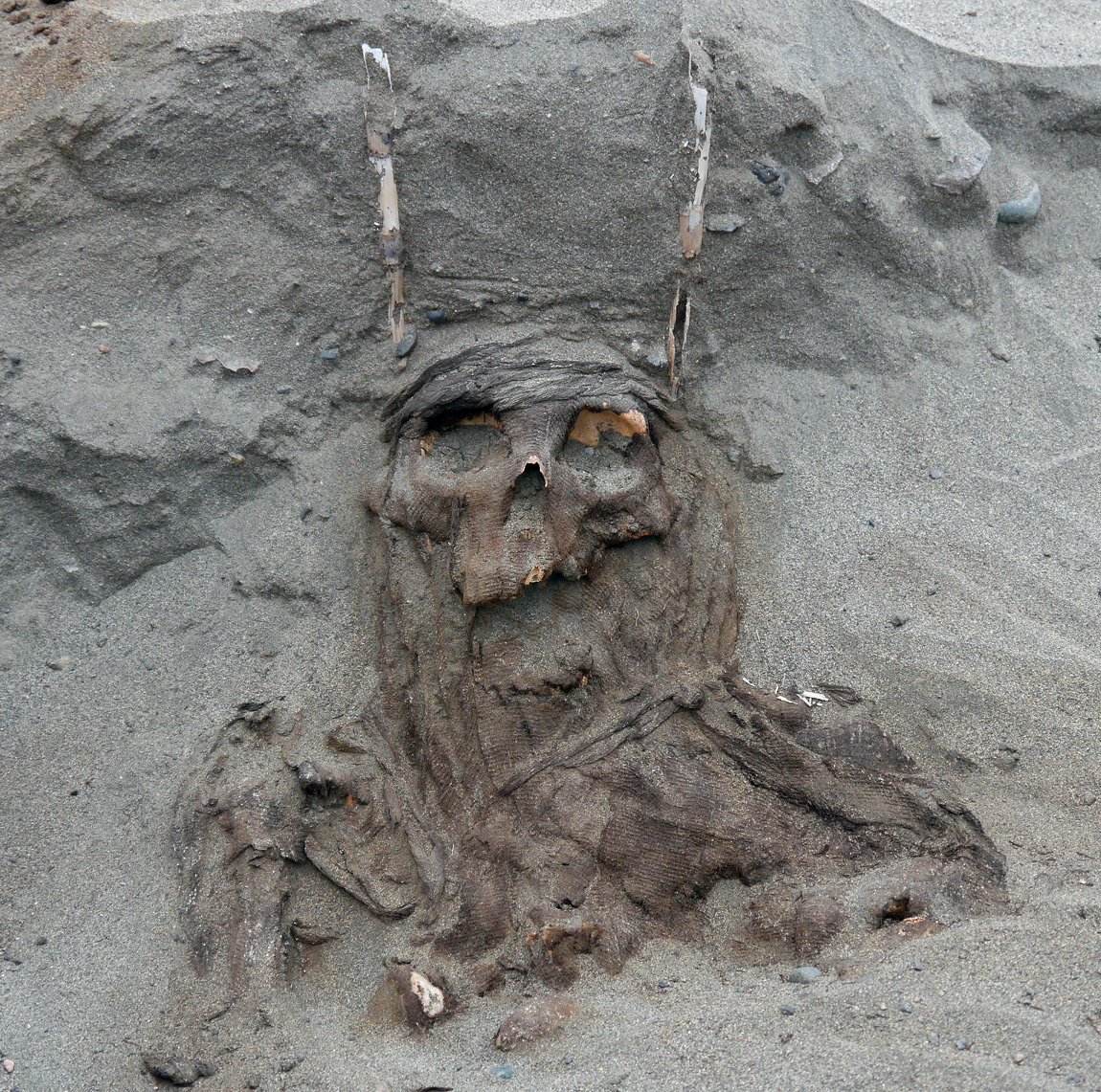
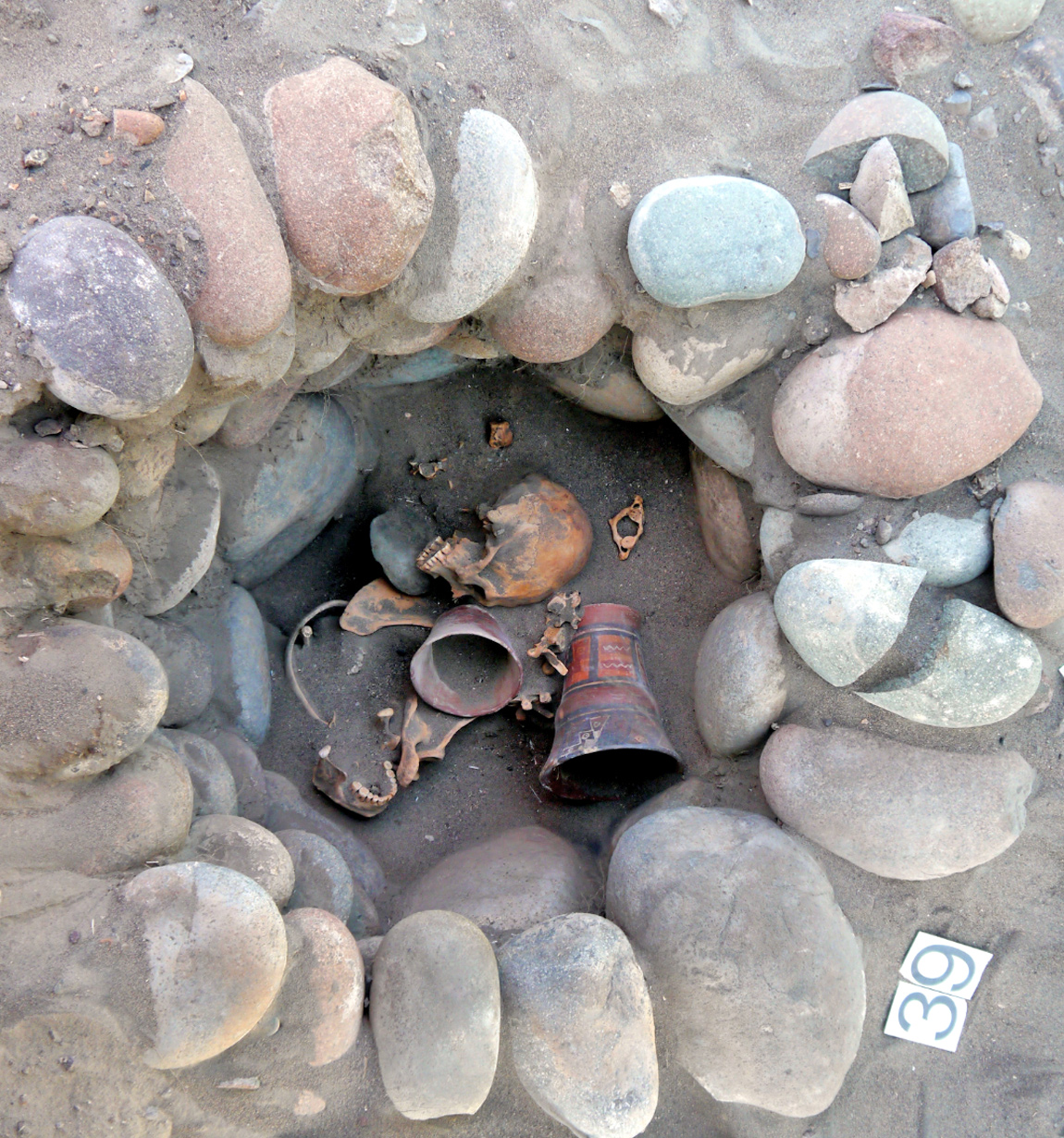

Source
A team of archaeologists from universities in Poland, Peru and Colombia have discovered 150 mummies in the Atacama Desert belonging to an unknown culture that predate the Tiwanaku and Inca civilization by almost 500 years.
The bodies were mummified naturally by being buried directly in the sand with no stone structures, wrapped in cotton veils, reed mats or fishing nets, and radiocarbon dating shows that the oldest mummies came from 4th century AD, while the youngest mummies came from 7th century AD.


The Tiwanaku civilisation is believed to have existed between 500AD and 1,000 AD, covering much of what is Peru and Chile today. Under Project Tambo, the team have been excavating in the Tambo River delta in the northern region of the Atacama Desert since 2008 and the first mummies were found in 2012, but it took until March 2014 for the team to make major discoveries.
According to Professor Józef Szykulski, leader of the research project from University of Wrocław, the mummies are of virtually unknown people, and the bows are a particularly interesting find that possibly symbolised power, which could mean that people buried in the Tambo River delta were nobility or the society's elite.



Source
a reply to: minusinfinity
You gotta wonder where Geiger´s inspiration came from.. thats one heck of the skull !
You gotta wonder where Geiger´s inspiration came from.. thats one heck of the skull !
If I remember correctly, that's the first known full skeleton of a conehead that has been recovered. Someone should tell Brien Foerster.
originally posted by: signalfire
If I remember correctly, that's the first known full skeleton of a conehead that has been recovered. Someone should tell Brien Foerster.
To make cone heads appear more mysterious they are normally dissociated from common, dull, boring, normal human skeletons. Such skeletons have been found before but fringe authors only show images of the skulls.
The way specially the elongated mummy is buried somehow reminds me of mimbres culture and their burial ways

Tho i dont see these buried inside pottery but the pose is quite similar.

Tho i dont see these buried inside pottery but the pose is quite similar.
I DIG THIS POST AFTER AN UNINTERESTING PERIOD.
S&F AND WILL BE FOLLOWING CLOSELLY FOR EXTRA MATERIAL THOUGHTS.
THAT SCULL....
S&F AND WILL BE FOLLOWING CLOSELLY FOR EXTRA MATERIAL THOUGHTS.
THAT SCULL....
OMG that elongated skull on the bottom looks seriously out of this world...
There have been excavations there since 2008, they are regularly finding things, pretty sure they already found some elongated skulls there.
Perhaps these new finds are probably from the same civilization.
There was a previous thread about it that was an awful debacle, all sorts of nonsense about starchild, crystal skulls and aliens when it is clearly an elongated skull of a human of a certain civilization and their cultural practice.
Whoever mentioned ahem Foerster, shhh we don't need any more threads about his stuff!
Perhaps these new finds are probably from the same civilization.
There was a previous thread about it that was an awful debacle, all sorts of nonsense about starchild, crystal skulls and aliens when it is clearly an elongated skull of a human of a certain civilization and their cultural practice.
Whoever mentioned ahem Foerster, shhh we don't need any more threads about his stuff!
a reply to: theabsolutetruth
Skull doesn´t look as thick as the other one in the pictures, so most likely it has been done artificially to pose a certain importance and status in the society, perhaps a queen.
The ugly one looks like a shaman ( maybe a warrior )...
ps. We don´t want tell Steven Greer either
Skull doesn´t look as thick as the other one in the pictures, so most likely it has been done artificially to pose a certain importance and status in the society, perhaps a queen.
The ugly one looks like a shaman ( maybe a warrior )...
ps. We don´t want tell Steven Greer either
thank you!! Finally something good on this site, I've lost faith in it..too much crap from posters..especially the "Maurice Sklar's" post lol..and
the fake big foot ahhh..
I always look forward to the Ancient stuff on this site, it's what keeps it alive for me S&F mate!
I always look forward to the Ancient stuff on this site, it's what keeps it alive for me S&F mate!
As others have said, the cranial deformity is probably cultural in origin, if ol' Occam has anything to say about it.
Gene studies would be interesting, if only because I have a great interest in seeing where the actual points of relation in human genomics are.
What would be more interesting, naturally, is if any form of writing by this ancient culture is discovered.
Gene studies would be interesting, if only because I have a great interest in seeing where the actual points of relation in human genomics are.
What would be more interesting, naturally, is if any form of writing by this ancient culture is discovered.
I'm a firm beliver in alien life and that it has visited our planet, my question is, "is there even one modern example of an elongated skull that
would match the size of the ancient ones we've seen? I want to see one living example of this type of intentional deformation of a human skull that
was done on purpose.
a reply to: DonVoigt
My understanding (and I should add the caveat that I am not an anthropologist by profession nor hobby) is that the practice died out as late as the early twentieth century in Tolouse. There are also contemporary reports of it being practiced from various other periods in history all the way back to the Greeks - as early as Hippocrates recording it circa 400 BCE or so.
It's certainly not a novelty of modern scientific handwaving of evidence, as your attitude seemed to have implied, though I seriously doubt you'd find a living exemplar, as I'm sure you'd agree that putting your child through the process would be abusive behaviour, by any reasonable definition.
My understanding (and I should add the caveat that I am not an anthropologist by profession nor hobby) is that the practice died out as late as the early twentieth century in Tolouse. There are also contemporary reports of it being practiced from various other periods in history all the way back to the Greeks - as early as Hippocrates recording it circa 400 BCE or so.
It's certainly not a novelty of modern scientific handwaving of evidence, as your attitude seemed to have implied, though I seriously doubt you'd find a living exemplar, as I'm sure you'd agree that putting your child through the process would be abusive behaviour, by any reasonable definition.
edit on 2014/7/3 by FreshKale because: Added final sentence to better address the point.
a reply to: FreshKale
Even a physical picture from the early 1900s that your talking about would satisfy my curiosity about it. All I'm saying is, is there any physical proof that it is possible to do this to a normal human skull. written word from ancient Greece is about as valid as saying it's in the Bible or the Koran, or any other text, even a drawing wouldn't satisfy my curiosity about it, a valid and verified picture would.
Even a physical picture from the early 1900s that your talking about would satisfy my curiosity about it. All I'm saying is, is there any physical proof that it is possible to do this to a normal human skull. written word from ancient Greece is about as valid as saying it's in the Bible or the Koran, or any other text, even a drawing wouldn't satisfy my curiosity about it, a valid and verified picture would.
a reply to: DonVoigt
Ask, and you shall receive.
Moreover, have some delicious source material, via Dingwell in 1931. I'm sorry, I don't know the full title: www.bioanth.org...
The simple results of a minute or two on google.
Ask, and you shall receive.
Moreover, have some delicious source material, via Dingwell in 1931. I'm sorry, I don't know the full title: www.bioanth.org...
The simple results of a minute or two on google.
originally posted by: DonVoigt
a reply to: FreshKale
Even a physical picture from the early 1900s that your talking about would satisfy my curiosity about it. All I'm saying is, is there any physical proof that it is possible to do this to a normal human skull. written word from ancient Greece is about as valid as saying it's in the Bible or the Koran, or any other text, even a drawing wouldn't satisfy my curiosity about it, a valid and verified picture would.
Don, the island of Vanuatu( its in the Hebrides about halfway between Fiji and Australia) still practiced head binding until I believe the 1970's. I'm trying to find a more firm date but they stopped practicing canabalism in 1974 and everything I read indicates both practices ceased at roughly the same time or within a few years.
Here is a link for a skull from the early 20th century that is available for purchase- www.buyafricanantiques.com...
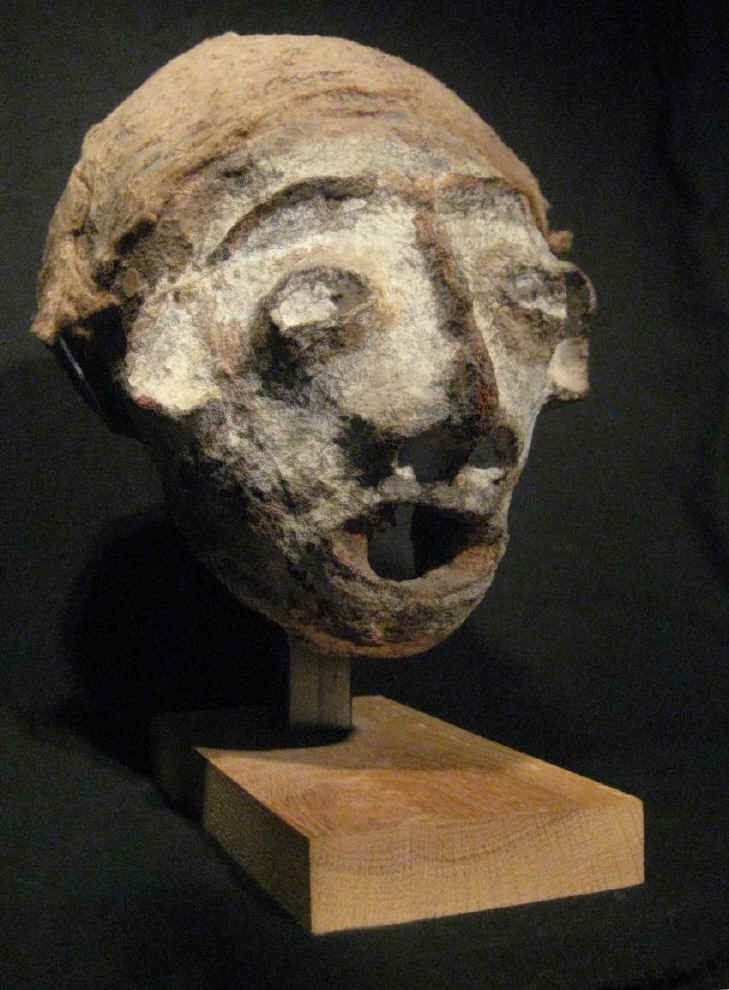


edit on 3-7-2014 by peter vlar because: (no reason given)
a reply to: DonVoigt
There are plenty of examples.
www.google.com... =0CAgQ_AUoAQ&biw=1366&bih=643
There are plenty of examples.
www.google.com... =0CAgQ_AUoAQ&biw=1366&bih=643
edit on 3-7-2014 by theabsolutetruth because: (no reason given)
new topics
-
Thanking a rosemary plant
General Chit Chat: 3 hours ago -
Unidentified Flying Objects Over U.S. Military Bases in Northeast UK, as of roughly 11 a.m. CST.
Aliens and UFOs: 4 hours ago -
Holy Cow! Erm...Six Legged Turkey!!
World Sports: 8 hours ago -
Ben Habib has Left Reform UK
Regional Politics: 11 hours ago -
Turkey Day Rhyme…
Short Stories: 11 hours ago
top topics
-
Vladimir Putin's speech at the meeting of the CSTO Collective Security Council
World War Three: 16 hours ago, 9 flags -
NIH Chief Confesses COVID Initiatives Were "Completely Made Up " OMG Investigates
Health & Wellness: 12 hours ago, 9 flags -
Unidentified Flying Objects Over U.S. Military Bases in Northeast UK, as of roughly 11 a.m. CST.
Aliens and UFOs: 4 hours ago, 9 flags -
Can someone please translate Biden's speech?
US Political Madness: 12 hours ago, 8 flags -
Awesome Dip Recipe
Food and Cooking: 15 hours ago, 5 flags -
Turkey Day Rhyme…
Short Stories: 11 hours ago, 5 flags -
Ben Habib has Left Reform UK
Regional Politics: 11 hours ago, 4 flags -
Holy Cow! Erm...Six Legged Turkey!!
World Sports: 8 hours ago, 2 flags -
Thanking a rosemary plant
General Chit Chat: 3 hours ago, 2 flags
active topics
-
Unidentified Flying Objects Over U.S. Military Bases in Northeast UK, as of roughly 11 a.m. CST.
Aliens and UFOs • 16 • : BeyondKnowledge3 -
V.P. Kamala Harris releases a video and nobody understands why
US Political Madness • 94 • : TheMisguidedAngel -
Why isn't Psychiatry involved?
Social Issues and Civil Unrest • 18 • : BeTheGoddess2 -
Russia Ukraine Update Thread - part 3
World War Three • 6891 • : worldstarcountry -
-@TH3WH17ERABB17- -Q- ---TIME TO SHOW THE WORLD--- -Part- --44--
Dissecting Disinformation • 3397 • : Crazierfox -
The Party of Peace - Trump Cabinet Picks Targeted with Death Threats
US Political Madness • 47 • : Astrocometus -
Vladimir Putin's speech at the meeting of the CSTO Collective Security Council
World War Three • 65 • : TheMisguidedAngel -
Thanking a rosemary plant
General Chit Chat • 2 • : visitedbythem -
Holy Cow! Erm...Six Legged Turkey!!
World Sports • 4 • : JJproductions -
Traveling the world with no passport
Social Issues and Civil Unrest • 12 • : andy06shake
